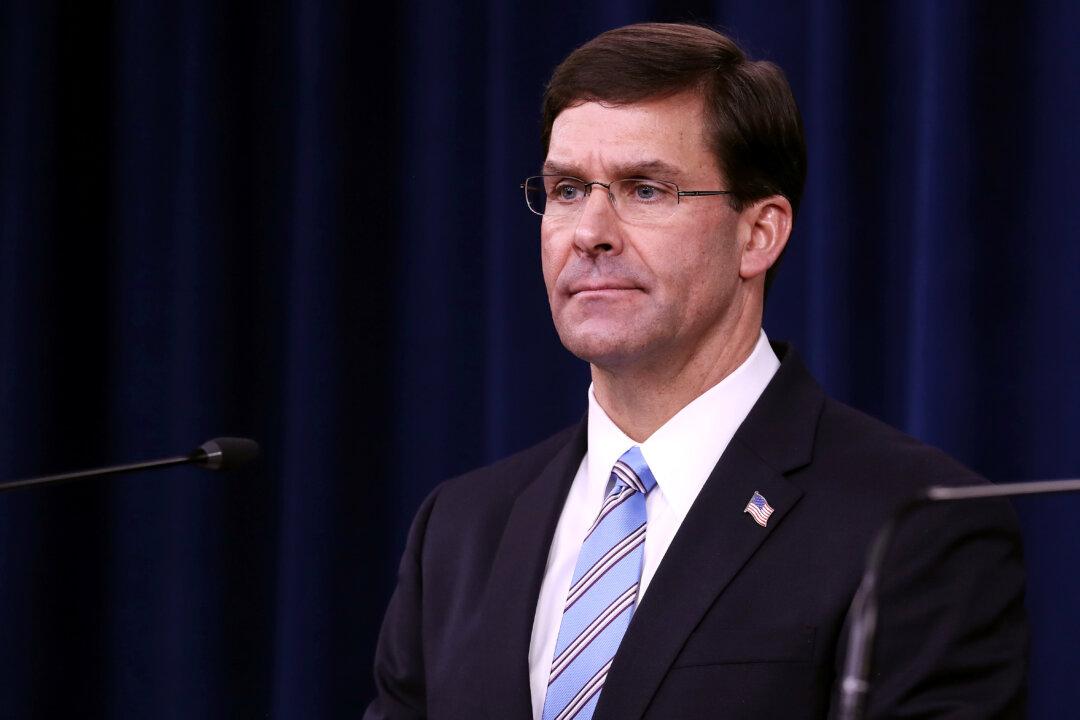Defense Secretary Mark Esper has approved a one-year extension of Pentagon assistance to the Department of Homeland Security, authorizing the deployment of 4,000 U.S. military personnel at the U.S.–Mexico border.
The authorization comes after the DHS requested support in its mission to protect the border. The deployment will start in October and continue until the end of September 2021, with most of the force coming from the National Guard.




